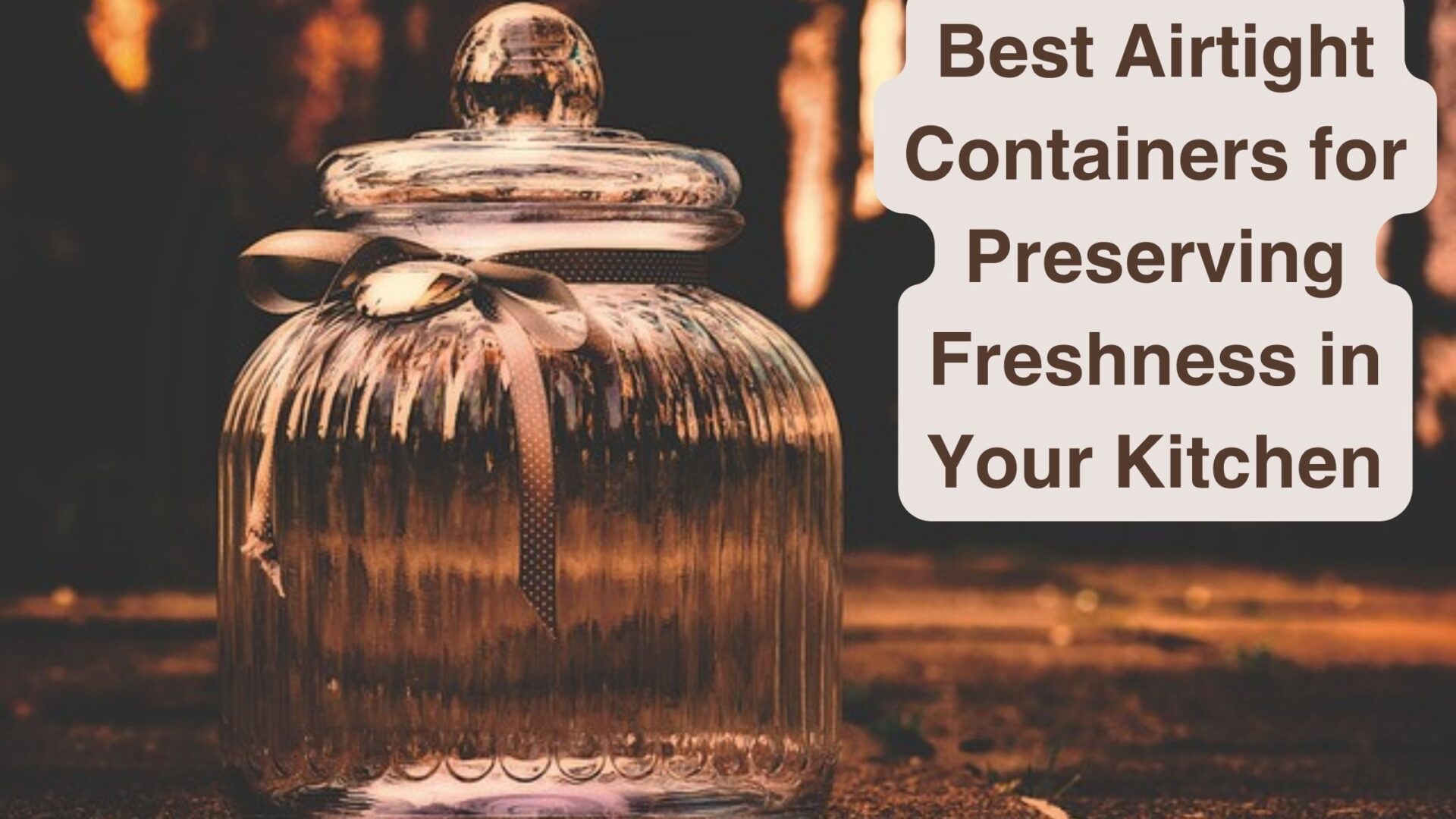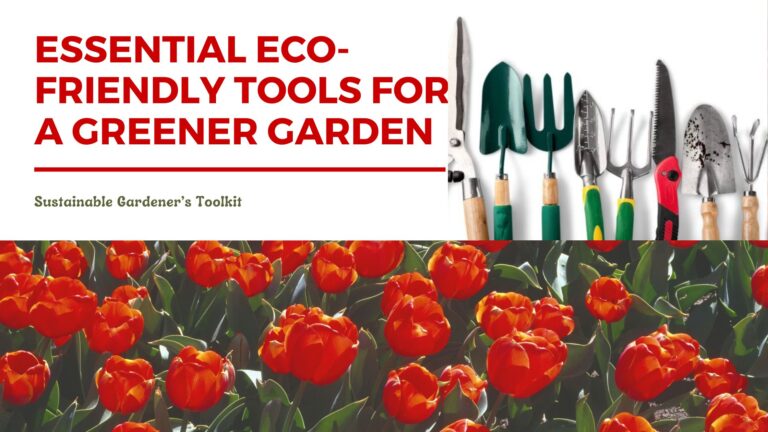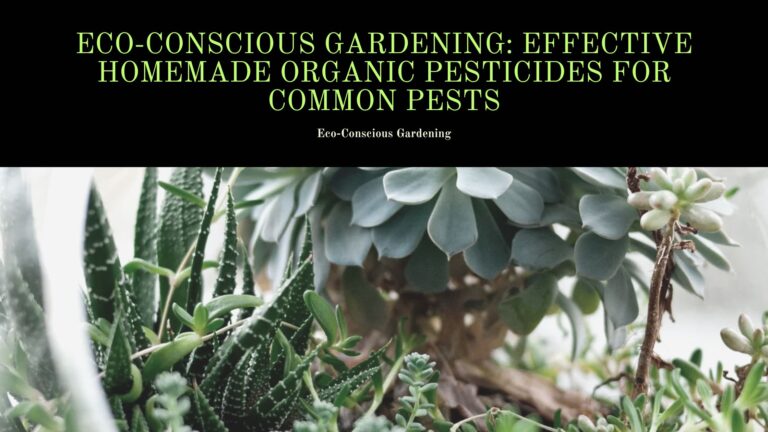Introduction:-
Best Airtight Containers for Preserving Freshness in Your Kitchen
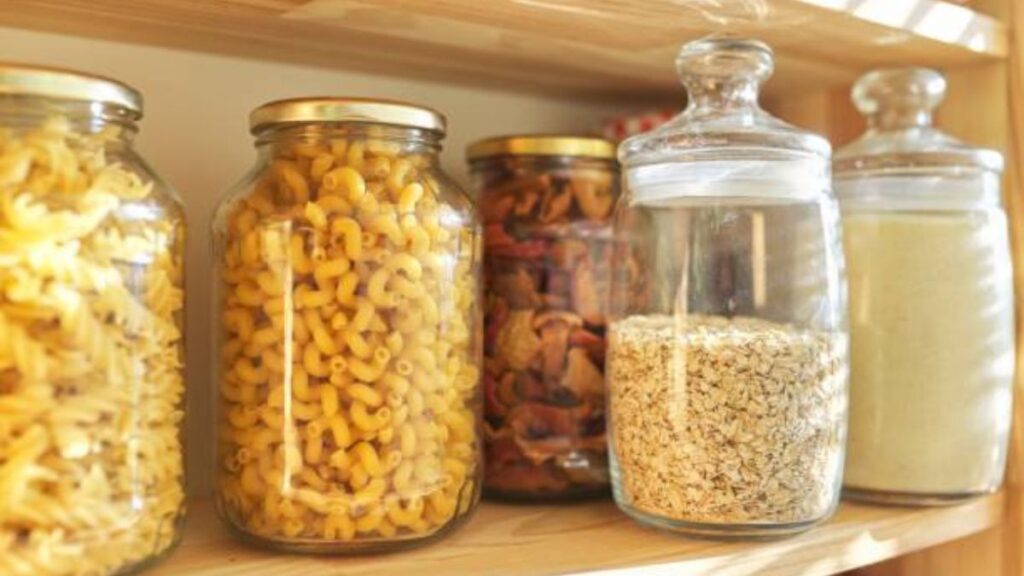
In a well-organized kitchen, airtight containers are indispensable for preserving the freshness and longevity of various food items. From pantry staples to leftovers and meal preps, the right airtight containers make a significant impact on maintaining flavor and quality. We present a selection of the top choices to assist you in keeping your kitchen essentials fresh and organized.
Why Choose Airtight Containers?
Choosing Airtight Containers for Your Kitchen
Airtight containers create a sealed environment that locks out moisture and air, keeping food fresher for longer, preventing cross-contamination, and maintaining flavors and textures. When selecting airtight containers, consider the following factors:
Material: Look for durable and food-safe materials such as BPA-free plastic, glass, or stainless steel, depending on your preferences for durability and visibility.
Sealing Mechanism: Choose containers with secure locking lids or silicone gaskets that ensure a tight seal to keep air and moisture out.
Size and Shape: Consider the size and shape that best suits your storage needs, whether you’re storing dry goods or liquids.
Ease of Cleaning: Opt for containers that are easy to clean and dishwasher-safe for convenience.
Top Airtight Containers for Your Kitchen:
1. Rubbermaid Brilliance Food Storage Containers:
- BPA-free plastic with airtight seals and secure latches.
- Crystal-clear containers for easy visibility, stain-resistant, and microwave-safe.
- Ideal for storing fruits, vegetables, and meal preps.
2. OXO Good Grips POP Containers:
- BPA-free plastic with a push-button airtight seal.
- Modular stacking system and pop-up button handle for easy opening and closing.
- Ideal for storing dry goods like pasta, cereal, and snacks.
3. Glasslock 18-Piece Assorted Oven-Safe Container Set:
- Tempered glass containers with airtight locking lids.
- Oven-safe up to 450°F, microwave, dishwasher, and freezer safe.
- Ideal for storing leftovers, meal prepping, and baking.
4. Bellemain Stainless Steel Airtight Canister Set:
- Stainless steel canisters with airtight acrylic lids.
- Rust-resistant, elegant design, and silicone gaskets for a secure seal.
- Ideal for storing coffee beans, tea bags, and dry pantry staples.
5. Prep Naturals Glass Meal Prep Containers:
- Borosilicate glass with snap-locking lids.
- Oven-safe without lids, microwave, freezer, and dishwasher safe.
- Ideal for meal prepping and portion control.
Tips for Using Airtight Containers Effectively:
- Label containers with contents and dates to easily identify and rotate them.
- Regularly clean containers to prevent odor buildup and ensure freshness.
- Rotate stock to use the oldest items first and avoid food waste.
Are glass or plastic containers better for storing food long-term
In the realm of long-term food preservation, glass and plastic containers offer distinct advantages and disadvantages:
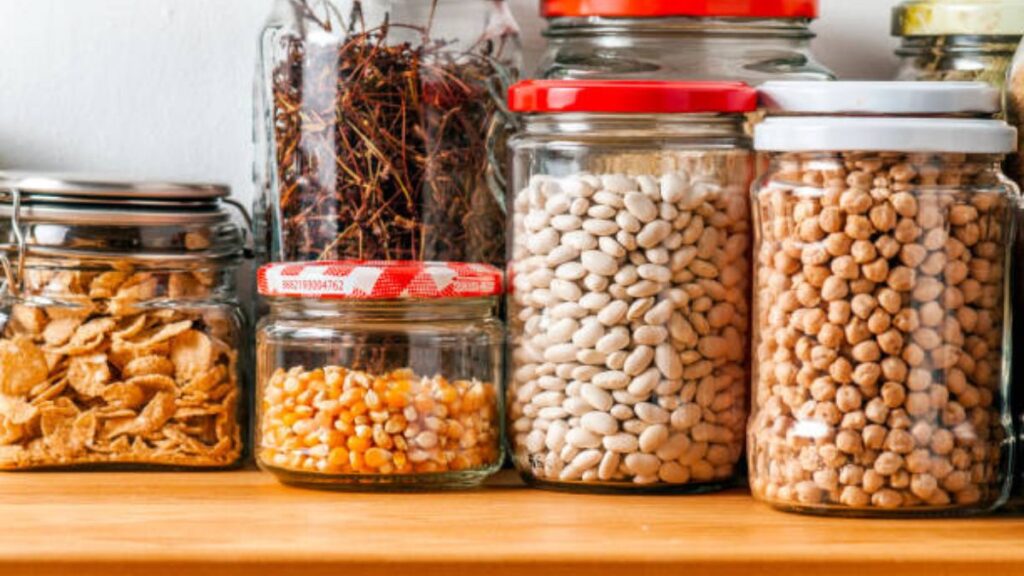
Glass Containers:
Pros:
- Enhanced durability, resistant to scratches and stains.
- Non-reactive nature prevents chemical leaching into food, a concern with certain plastics.
- Usually compatible with microwaves, ovens, and dishwashers.
Cons:
- Heavier weight, making handling and storage more cumbersome.
- Prone to breaking if accidentally dropped, requiring careful handling.
- Typically more expensive than plastic containers.
Plastic Containers:
Pros:
- Lighter in weight, facilitating easy handling and storage.
- Generally more affordable than glass containers, making them a cost-effective option.
- Versatility, with various shapes and sizes available to accommodate different types of food.
Cons:
- Potential for chemical leaching from certain plastics, especially when exposed to heat or acidic foods.
- Susceptible to scratches and stains over time, affecting their appearance.
- Not always suitable for use in microwaves, ovens, or dishwashers, limiting their versatility.
Ultimately, the choice between glass and plastic containers for long-term food storage depends on individual preferences, considering factors such as durability, cost, convenience, and compatibility with various heating methods.
Plastic Containers:
Advantages:
- Lightweight and less breakable, making them convenient for everyday use and transportation.
- Often less expensive than glass containers.
Disadvantages:
- Some plastics may release chemicals, especially when heated or exposed to acidic foods.
- Can scratch easily, potentially harboring bacteria and odors over time.
- Not all plastics are microwave or dishwasher safe.
For long-term food storage, glass containers are generally preferred due to their safety in terms of chemical leaching and durability. They also provide better preservation of food flavors and are easier to clean thoroughly. However, plastic containers can be practical for certain needs, particularly when lightweight and non-breakable options are essential. It’s crucial to check the labeling to verify that the plastic used is food-safe and free from harmful chemicals like BPA.
How do I keep airtight containers from smelling
Tips to Prevent Odors in Airtight Containers:
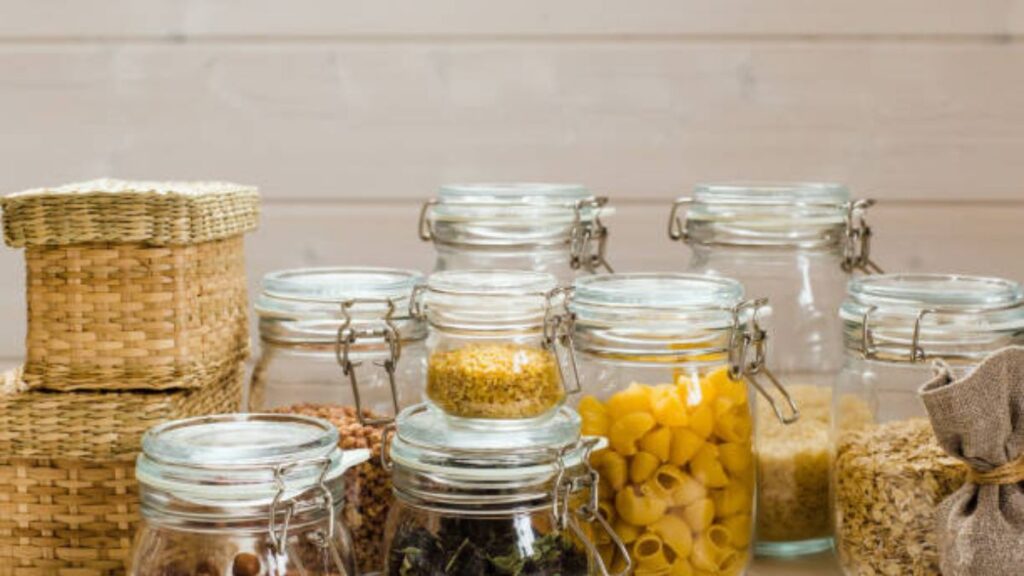
- Clean Containers Thoroughly: Before storing food, ensure containers are meticulously cleaned with hot water and dish soap. Scrub any residue or stains to eliminate potential odor sources. Avoid abrasive cleaners that may scratch the container’s surface.
- Dry Containers Completely: After washing, allow containers to air dry thoroughly before sealing. Moisture creates an environment conducive to bacterial growth and odor formation.
- Utilize Odor-Neutralizing Agents: Place a small bowl of baking soda, activated charcoal, or coffee grounds inside the container before sealing. These substances can effectively absorb odors over time.
- Store Strong-Scented Foods Separately: To prevent odor transfer, store foods with strong scents, like onions or garlic, in separate containers or wrap them tightly before storing.
- Choose a Cool, Dry Storage Location: Store airtight containers in a cool, dry place away from direct sunlight. This environment helps prevent the growth of mold and bacteria, which can contribute to odors.
- Regularly Replace Seals: If your containers have removable seals or gaskets, periodically inspect them for wear and tear. Replace them as needed to maintain a proper seal and prevent odors from escaping.
By implementing these strategies, you can effectively keep your airtight containers odor-free and maintain the freshness of stored foods.
Can airtight containers keep vegetables fresh longer?
Vegetables kept in airtight containers remain fresher compared to those stored loosely or in less sealed containers. Here’s how airtight containers contribute to prolonged vegetable freshness:
- Moisture Control: Airtight containers maintain optimal moisture levels, preventing vegetables from drying out or becoming overly damp, which would otherwise cause spoilage.
- Barrier from Contaminants: They create a protective barrier, shielding vegetables from exposure to air, which reduces microbial growth, oxidation, and accelerated decay.
- Odor Protection: Airtight containers prevent the transfer of odors from other foods in the refrigerator, ensuring that vegetables retain their natural flavors and aromas.
- Stable Temperature: By providing a consistent environment, airtight containers help maintain a steady temperature around the vegetables, slowing down the ripening and decay processes.
- Extended Shelf Life: Properly storing vegetables in airtight containers in the refrigerator or pantry extends their shelf life compared to storing them loosely or in open containers.
When selecting airtight containers for vegetables, choose food-safe, easy-to-clean options that are appropriately sized to avoid overcrowding and consequent bruising and faster spoilage. Additionally, research the ideal storage conditions (e.g., humidity levels) for specific vegetables to further enhance freshness preservation.
Conclusion
Optimizing Kitchen Efficiency: Invest in High-Quality Airtight Containers
Enhance your cooking experience and maintain a well-organized kitchen by investing in top-notch airtight containers. Choose containers made from durable materials like plastic, glass, or stainless steel, equipped with secure seals to keep your food fresh and flavorful for extended periods. By incorporating these containers into your kitchen routine, you’ll not only preserve the quality of your ingredients but also streamline meal preparation and storage. Select containers that align with your specific needs and enjoy the benefits of a fresher, more organized kitchen every day.
References
- Rubbermaid Brilliance Food Storage Containers. Retrieved from Rubbermaid
- OXO Good Grips POP Containers. Retrieved from OXO
- Glasslock 18-Piece Assorted Oven Safe Container Set. Retrieved from Glasslock
- Bellemain Stainless Steel Airtight Canister Set. Retrieved from Bellemain
- Prep Naturals Glass Meal Prep Containers. Retrieved from Prep Naturals
